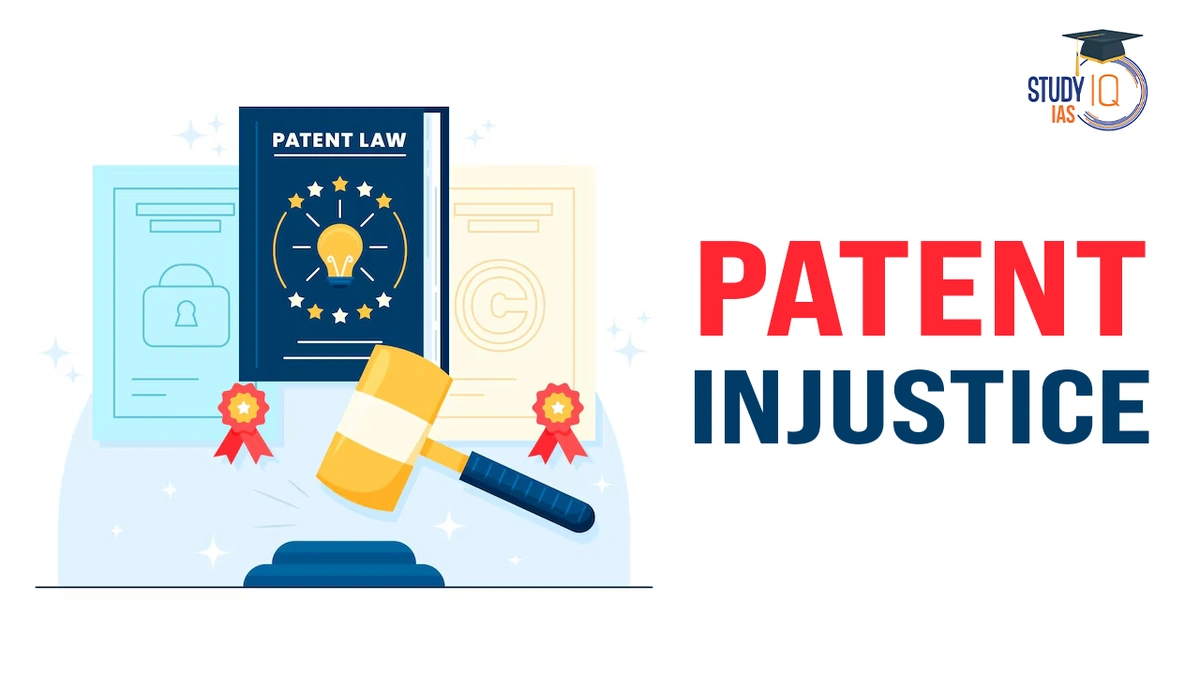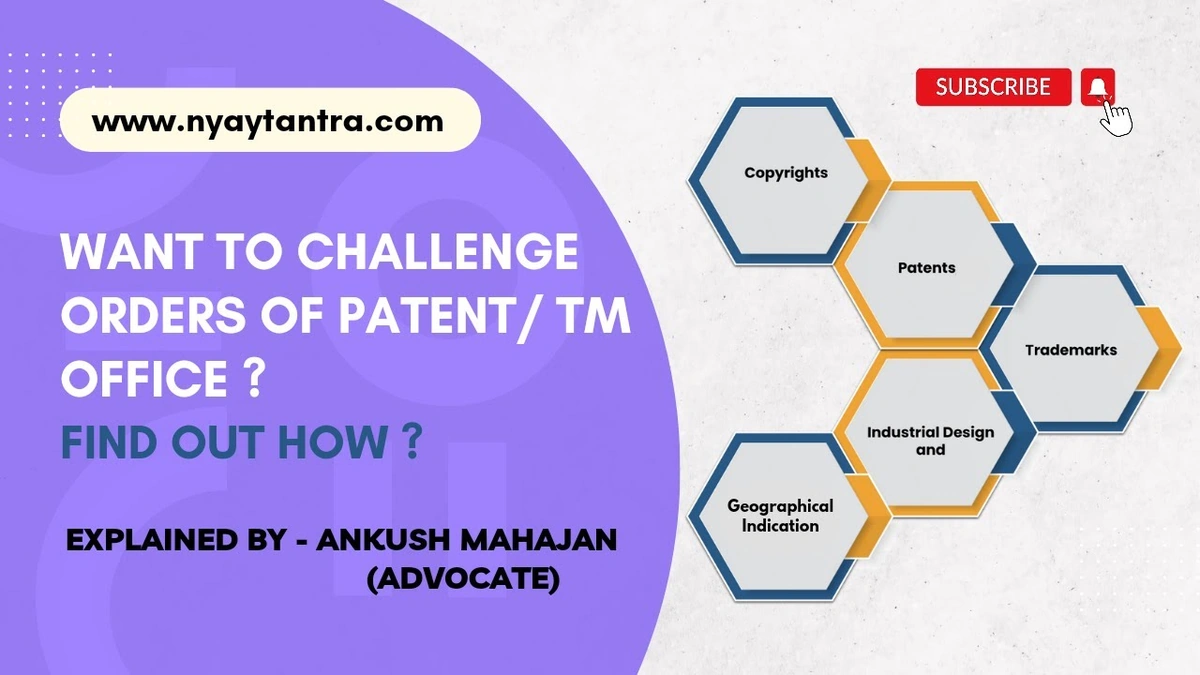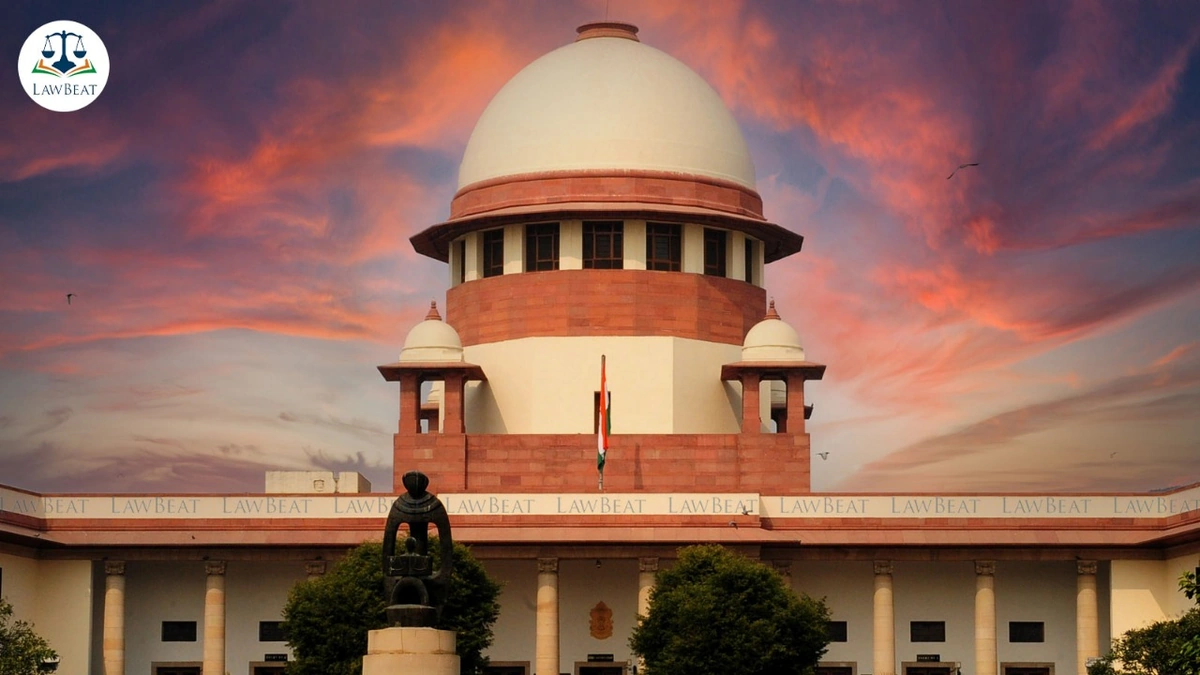Decoding Natco’s High-Stakes Patent Challenge Strategy
Let’s be honest, the world of pharmaceuticals can seem like a tangled web of scientific jargon and legal battles. But behind the scenes, there are companies like Natco Pharma that are constantly challenging the status quo. And when Natco takes on a patent challenge , it’s not just another corporate skirmish. It’s a high-stakes game that can impact access to life-saving medications for millions, especially here in India. So, what makes Natco’s strategy so unique, and why should you care? Grab a cup of chai; let’s dive in.
The “David vs. Goliath” Narrative | Why Natco’s Challenges Matter

Here’s the thing: pharmaceutical patents are designed to protect innovation, allowing companies to recoup their research and development costs. Fair enough. But what happens when these patents are used to stifle competition and keep prices artificially high? That’s where Natco comes in. They’ve built a reputation for challenging patents on essential medicines, particularly those related to cancer and HIV. They often seek compulsory licenses and challenge patent validity , actions which directly impact drug pricing.
But why does this matter to you and me? Well, consider this: access to affordable medication can be the difference between life and death. In a country like India, where healthcare infrastructure is still developing, and many people pay out-of-pocket for medical expenses, the price of drugs can be a significant barrier. Natco’s actions help to ensure that essential medicines are available at prices that people can actually afford. This concept is crucial in understanding generic drug manufacturing .
And it’s not just about affordability. When a company challenges a patent and wins, it opens the door for other generic manufacturers to enter the market, further driving down prices and increasing access. This creates a more competitive landscape, which ultimately benefits patients. This increased competition also incentivizes other companies to innovate and develop new drugs, knowing that their patents will be scrutinized.
Deconstructing Natco’s Strategy | More Than Just Legal Battles
So, how does Natco do it? What’s their secret sauce? It’s not just about having a team of sharp lawyers (though that certainly helps). It’s about a carefully crafted strategy that combines legal expertise with a deep understanding of the pharmaceutical market and a commitment to social responsibility. Natco’s strategy goes beyond simply filing lawsuits. It involves a comprehensive assessment of the patent landscape, identifying weaknesses in existing patents, and building a strong legal case based on scientific evidence and regulatory loopholes. This thorough research and preparation are critical to their success in intellectual property rights disputes.
What fascinates me is their willingness to take on these challenges, even when the odds are stacked against them. They’re often up against multinational pharmaceutical giants with deep pockets and armies of lawyers. But Natco seems to thrive on these battles, seeing themselves as champions of access to affordable medicines. It’s about intellectual property litigation but also about something more.
A common thread in Natco’s strategy is the use of pre-grant and post-grant opposition mechanisms. These mechanisms allow third parties (like Natco) to challenge the validity of a patent before or after it is granted. This can be a more cost-effective way to challenge a patent than going to court, and it allows Natco to raise concerns about the patent’s validity early in the process.
The Implications for the Indian Pharmaceutical Industry
Natco’s patent challenge strategy has far-reaching implications for the Indian pharmaceutical industry. It has helped to establish India as a global hub for generic drug manufacturing, providing affordable medicines to patients around the world. It has also encouraged other Indian companies to challenge patents and compete with multinational corporations. This has fostered innovation and entrepreneurship within the Indian pharmaceutical sector.
But it’s not all sunshine and roses. There are also challenges. For example, multinational pharmaceutical companies often retaliate against Natco and other generic manufacturers by launching their own legal challenges or by lobbying governments to strengthen patent laws. These tactics can make it more difficult for generic companies to compete and can raise the cost of medicines. As per the guidelines mentioned in the information bulletin, the government is trying to level the playing field, but there are still hurdles to overcome.
And while Natco’s actions have undoubtedly benefited patients, they have also been criticized by some for undermining the incentives for pharmaceutical companies to innovate. The argument is that if companies are not able to recoup their investments in research and development, they will be less likely to develop new drugs. This debate highlights the complex balance between protecting intellectual property rights and ensuring access to affordable medicines.
Looking Ahead | The Future of Patent Challenges in India
What does the future hold for patent challenges in India? Well, it’s likely that we’ll see more of them, especially as new drugs and technologies emerge. As the Indian pharmaceutical market continues to grow, and as more patients demand access to affordable medicines, there will be increasing pressure on companies to challenge patents that are seen as hindering competition. The question of drug accessibility will become even more critical.
But it’s also likely that we’ll see changes in the legal and regulatory landscape. Multinational pharmaceutical companies will continue to lobby for stronger patent laws, while generic manufacturers will push for policies that promote competition. The Indian government will need to strike a balance between protecting intellectual property rights and ensuring that essential medicines are available at affordable prices. According to the latest circular on the official website, the government is aware of this delicate balancing act and is actively working to find solutions.
Let me rephrase that for clarity: The landscape is constantly shifting. What seemed straightforward a few years ago is now a complex web of legal precedents, regulatory changes, and market forces. It’s an area ripe for disruption and innovation, and Natco is likely to remain at the forefront of these changes. They seem to understand the dynamics of pharmaceutical innovation well, and are positioned to utilize it in their strategy.
FAQ | Decoding the Jargon
What exactly is a compulsory license?
A compulsory license allows a generic company to manufacture and sell a patented drug without the patent holder’s permission, typically in exchange for a royalty payment. This is usually granted when the drug is deemed essential and is not being made available at an affordable price.
What if I want to learn more about pharmaceutical patents?
Check out the World Intellectual Property Organization (WIPO) website for comprehensive information on patents and intellectual property rights. They have a wealth of resources available.
Why are generic drugs cheaper than branded drugs?
Generic drugs are cheaper because they don’t have to bear the costs of research and development that the original branded drug manufacturers incur. They simply replicate the existing formula after the patent expires.
Is it safe to use generic medicines?
Yes, generic medicines are required to meet the same standards of quality, safety, and efficacy as their branded counterparts. They are rigorously tested and approved by regulatory agencies like the FDA in the US and the CDSCO in India.
What’s the role of the Indian Patent Office in all this?
The Indian Patent Office is responsible for granting and regulating patents in India. It plays a crucial role in examining patent applications, granting patents, and resolving patent disputes.
What is drug accessibility?
Drug accessibility refers to the ease with which people can obtain and use needed medications. This is influenced by factors such as drug prices, availability, healthcare infrastructure, and insurance coverage.
Ultimately, Natco’s journey is a reminder that even in a world dominated by giants, a well-defined strategy, a commitment to social good, and a willingness to challenge the status quo can make a real difference. It’s a story that resonates deeply in India, where access to affordable healthcare remains a critical challenge. And it’s a story that deserves to be told.













